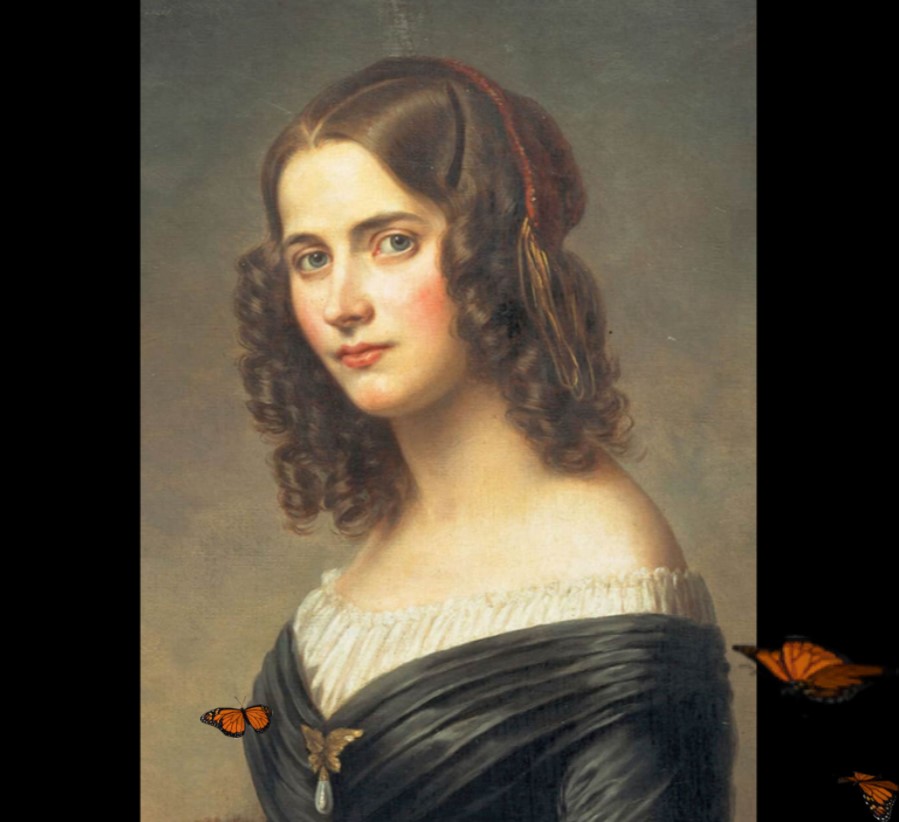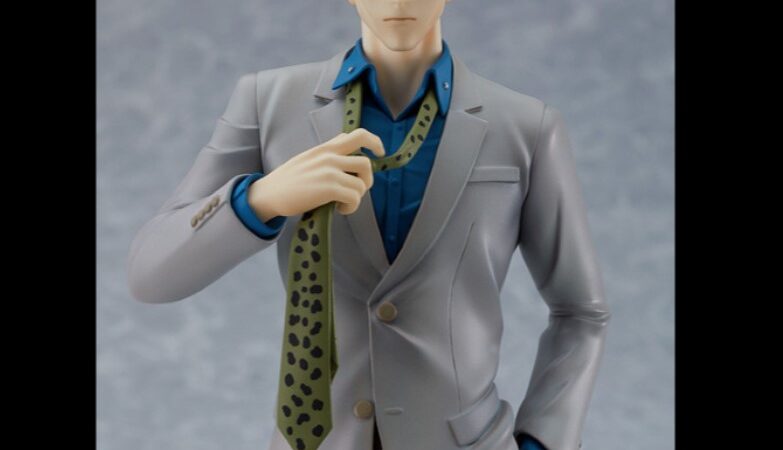Fanny Hensel

Fanny Hensel was a German composer and pianist. She was born on 14 November 1805. Fanny Mendelssohn Hensel was another name for her. A piano four some, an enormous opening, four symphonies, more than 125 piano pieces, and more than 250 unpublished derived from a Greek are among her creations. Although she well recognized for her piano skills. She performed in front of an audience outside her family.
Ludwig Berger and Carl Friedrich Zelter were among her teacher in Berlin, where she grew up and acquired a comprehensive musical education. A deep connection formed between Felix Mendelssohn, her younger brother who was a composer and pianist, and his older sister, Clara.
Fanny Hensel Early life and education
Felix would often submit his writings to Fanny’s analytical ear and eye from an early age, taking her guidance to heart and never failing to edit or remove anything that she thought doubtful until her death six months before her brother.Abraham Mendelssohn and Lea Solomon Mendelssohn, Hensel’s parents, were well-educated and interested in their children’s education. They received a very well education from both parents at first. And then from tutors in languages like French and German and Latin and Greek and in math and geometry and geography and in literature.
Felix also studied violin and theory of music in addition to his other interests. The Mendelssohn family held education in high respect, as seen by their support for their children’s cultural and intellectual development. Felix and Fanny’s extraordinary creative output was made possible by their highly academic training, which developed in them a lifelong sense of discipline that allowed them to utilize their talents to the best of its ability.
The core of their musical training shared between the two of them. She learned to play the piano from her mother Lea and went on to study with some of the world’s greatest pianists in Berlin and Paris after that. As a pianist, she rose to the top ranks of the artistic work, and her compositions are more demanding than those of other professional composers of the day.
Career Of Fanny Hensel
Despite this, Fanny was bound by the norms of the period towards women and her father. Who was accepting rather than encouraging of her efforts as a composer. Despite the fact that he supported her. It written in a letter. “Music may become Felix’s vocation, whereas for you, it can and must just be an ornament,” he wrote. While she had her brother’s full cooperation in private, He didn’t like the idea of her updating her own work under her own name.
Fanny Hensel and Felix kept in touch for a long time after Felix left home by sharing hefty letters full with their compositional feedback. As her ears to the world, he became her musical counselor, reading and analyzing his musical lines. He became her eyes to the world. Fanny Hensel wrote six of Felix’s 24 published songs. Which is surprising considering Felix’s early career success with only a few of them.
As time went on, he worked out a deal with her to publish some of her songs under his own name. After this unpleasant event, Queen Victoria received Felix at Buckingham Palace and announced her desire to sing him her best of his songs. Felix then openly stated that Fanny had written it.
Practical life
Sebastian Ludwig Felix Hensel was the firstborn child of Fanny and Wilhelm Hensel, who had been studying for several years when they married in 1829 and gave birth to Sebastian Ludwig Felix in 1830. He motivated her to develop a career as an artist and soon her songs were being performed alongside her brother’s at their Berlin home.
Her first known public performance was in 1838, when she played her brother’s Piano Concerto No. 1 for the first time. Played with the beauty and clarity that only people who truly enjoy making music can muster. She published a selection of her songs in 1846. With song-like elements and a startling contrast of inter – connected music and melodically coloured advancements.
The piano compositions of Fanny Mendelssohn Helson demonstrate great inspiration and uniqueness. When it comes to playing, many players find her works to be technically difficult. Which is in keeping with Fanny’s recognized brilliance style.
Compositional work
Due to her belief that her talents did not reach to larger. Most of Fanny Mendelssohn’s works are lieder and piano pieces. Because she had never educated or performed melody like her brother. She was unable to compose small or symphonic compositions like he could have done.
Felix received a letter from her in 1835, after she had finished her symphony .”I am unable to maintain ideas with the regularity that they require. So I prefer folk songs, where a nice notion without much possibility for growth can serve.” She was one of the first women composers of a string quartet. She had also composed a piano quartet with the help of Zelter in 1822 for her first large-scale work.
Despite her deep concerns in her letter to Felix. She wrote a piano trio in her final year despite her requests . Her Easter Sonata, composed in 1828 but never published. Which was one of her last compositions. Examination of the text and a reference to the work in her journal eventually introduced in 2010. That it was hers, after it identified and assigned to her brother in 1970.
End of her life
Fanny Mendelssohn Hensel died in Berlin on May 14, 1847. After suffering a stroke while performing her brother’s symphony. The First Walpurgis Night, which she had been working on.
The fact that a few of her compositions published helped her realize a lifetime desire of being recognized as a serious composer. Because she lived to see shifting attitudes about women in the music industry. Fanny Hensel served as a model for the integration of women into a typically gender artistic industry. By being one of the first lady composers to have their works
